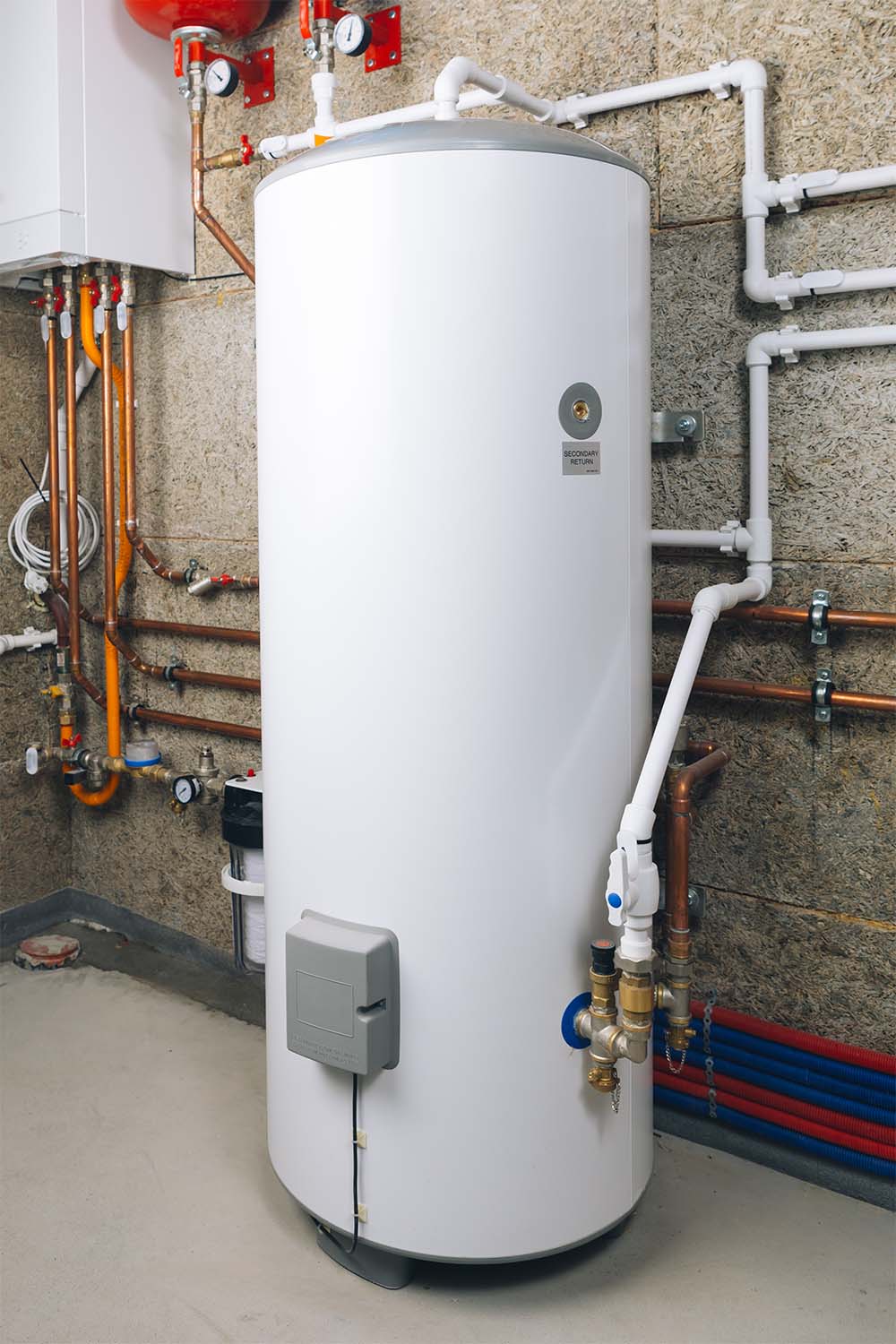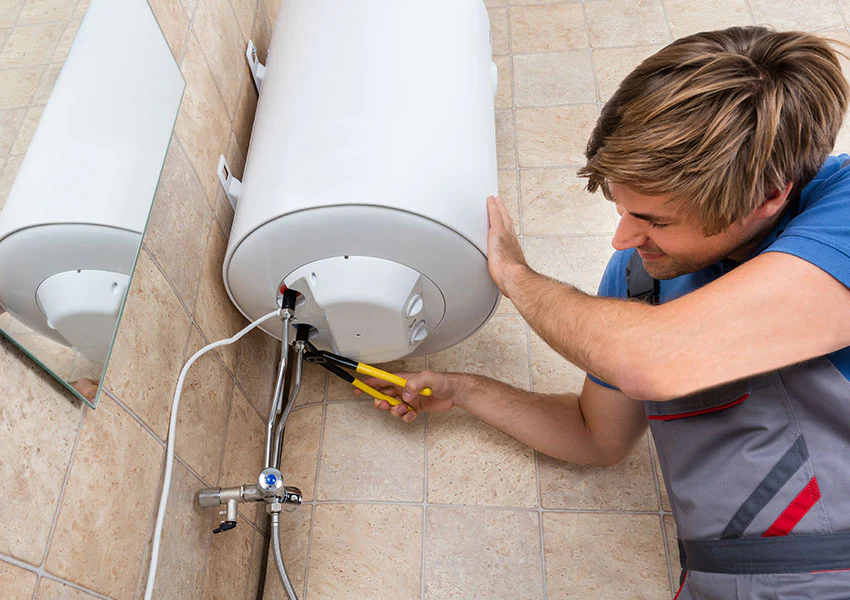How do you actually feel on the subject of What Kind of Maintenance Do Water Heaters Need??

Hot water is essential for day-to-day comfort, whether it's for a refreshing shower or cleaning dishes. To ensure your warm water system runs successfully and lasts longer, normal maintenance is key. This write-up supplies sensible suggestions and understandings on just how to keep your home's warm water system to prevent disturbances and expensive repair work.
Intro
Preserving your home's warm water system may seem challenging, however with a few basic steps, you can guarantee it operates efficiently for years ahead. This overview covers everything from recognizing your hot water system to DIY upkeep pointers and recognizing when to contact expert help.
Relevance of Maintaining Your Warm Water System
Regular maintenance not just prolongs the lifespan of your hot water system yet also guarantees it runs efficiently. Neglecting maintenance can bring about decreased effectiveness, greater energy bills, and also premature failing of the system.
Signs Your Hot Water System Demands Upkeep
Knowing when your warm water system needs interest can stop significant issues. Watch out for indications such as irregular water temperature level, weird sounds from the heater, or rusty water.
Comprehending Your Warm Water System
Prior to diving right into upkeep tasks, it's handy to understand the basic elements of your warm water system. Commonly, this consists of the hot water heater itself, pipelines, anode poles, and temperature level controls.
Month-to-month Upkeep Tasks
Normal monthly checks can help capture small concerns prior to they rise.
Purging the Hot Water Heater
Purging your hot water heater eliminates sediment accumulation, enhancing effectiveness and extending its life.
Checking and Replacing Anode Rods
Anode rods protect against deterioration inside the container. Inspecting and changing them when broken is crucial.
Inspecting and Adjusting Temperature Settings
Adjusting the temperature settings guarantees optimum efficiency and safety.
DIY Tips for Maintenance
You can execute numerous upkeep tasks yourself to keep your warm water system in top condition.
Looking for Leakages
Consistently evaluate pipes and links for leaks, as these can lead to water damages and greater expenses.
Checking Pressure Relief Valves
Evaluating the pressure safety valve guarantees it works properly and protects against too much pressure buildup.
Insulating Pipelines
Shielding hot water pipes reduces warmth loss and can conserve energy.
When to Call a Professional
While DIY upkeep is helpful, some problems require expert knowledge.
Complicated Concerns Requiring Expert Assistance
Instances consist of major leaks, electric problems, or if your hot water heater is constantly underperforming.
Routine Specialist Maintenance Perks
Expert upkeep can include complete assessments, tune-ups, and ensuring conformity with safety criteria.
Conclusion
Normal maintenance of your home's warm water system is important for performance, long life, and price financial savings. By adhering to these tips and knowing when to seek expert aid, you can make sure a dependable supply of warm water without unexpected interruptions.
How to Maintain an Instant Hot Water Heater
Before tinkering with your hot water heater, make sure that it’s not powered on. You also have to turn off the main circuit breaker and shut off the main gas line to prevent accidents. Also turn off the water valves connected to your unit to prevent water from flowing into and out of the appliance. 2. When you’re done, you have to detach the purge valves’ caps. These look like the letter “T†and are situated on either side of the water valves. Doing so will release any pressure that has accumulated inside the valves while at the same time avoid hot water from shooting out and burning your skin. 3. When the purge valves’ caps are removed, you have to connect your hosing lines to the valves. Your unit should have come with three hoses but if it didn’t, you can purchase these things from any hardware or home repair shops. You can also get them from retail stores that sell water heating systems. Read the user’s manual and follow it to complete this task properly. When the hosing lines are connected, open the purge port’s valves. 4. You should never use harsh chemical cleaners or solutions when cleaning your unit. Make use of white vinegar instead. It should be undiluted and you’ll probably use about 2 gallons. 5. Now flush your water heater. This task should probably take about 40 minutes. We can’t give you specific directions for this because the procedure is carried out depending on the type, model and brand of your heater. With that being said, refer to the user’s manual. 6. When you’re done draining the unit, you have to turn off the purge port valves again. Remove the hosing lines that you earlier installed on each of the water valves. Put the valve caps (purge port) back in their respective places and be very careful so as not to damage the rubber discs that are found inside these caps. 7. Now that everything’s back in place, check your user’s manual again to find out how to reactivate your water heating system. 8. Once it is working, turn one of your hot water faucets on just to let air pass through the heater’s water supply pipes. Leave the tap on until water flows smoothly out of it. https://www.orrplumbing.com/blog/2014/september/how-to-maintain-an-instant-hot-water-heater/

I was shown that article about How to Maintain a Hot Water Heater in a Few Simple Steps from a good friend on a different blog. Sharing is nice. Helping others is fun. Thank you for being here. Kindly visit our site back soon.
At This Website